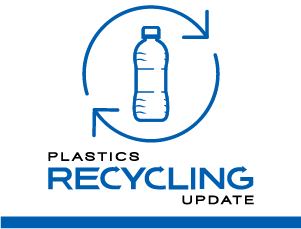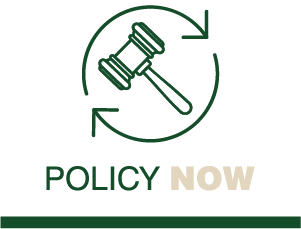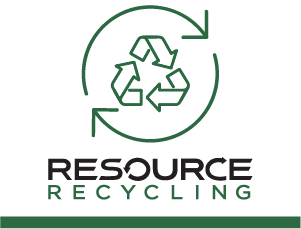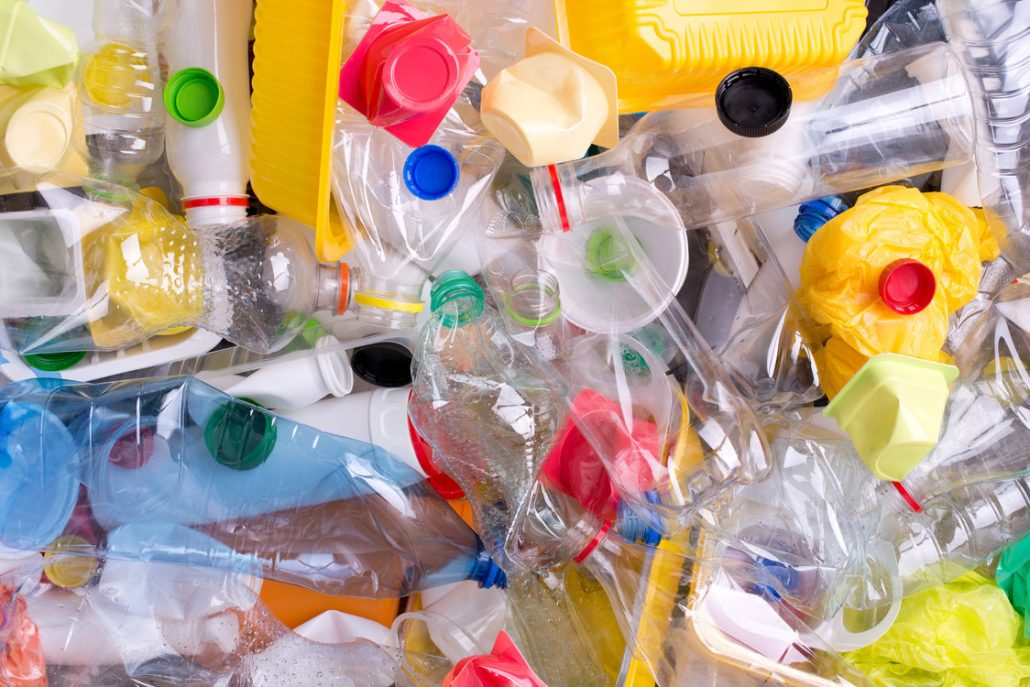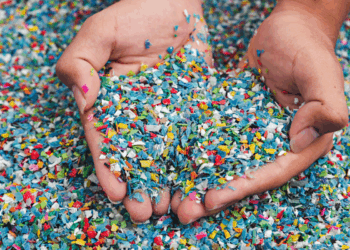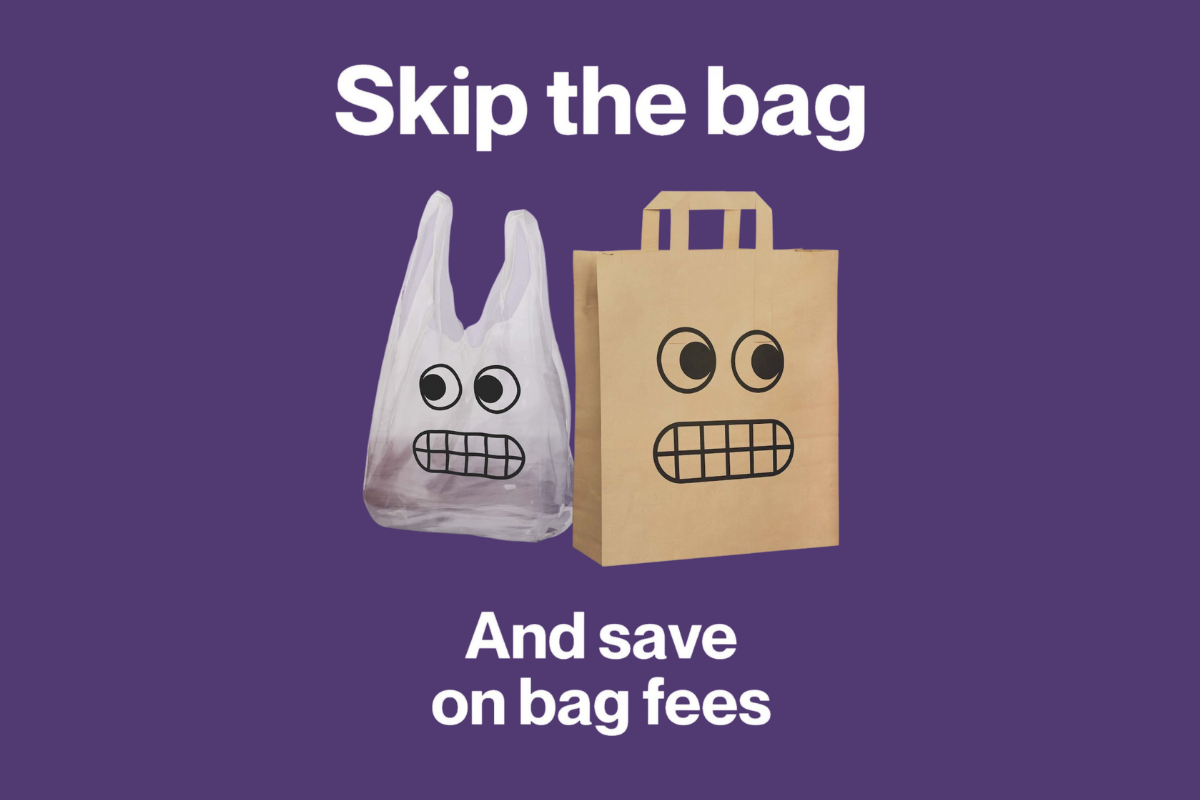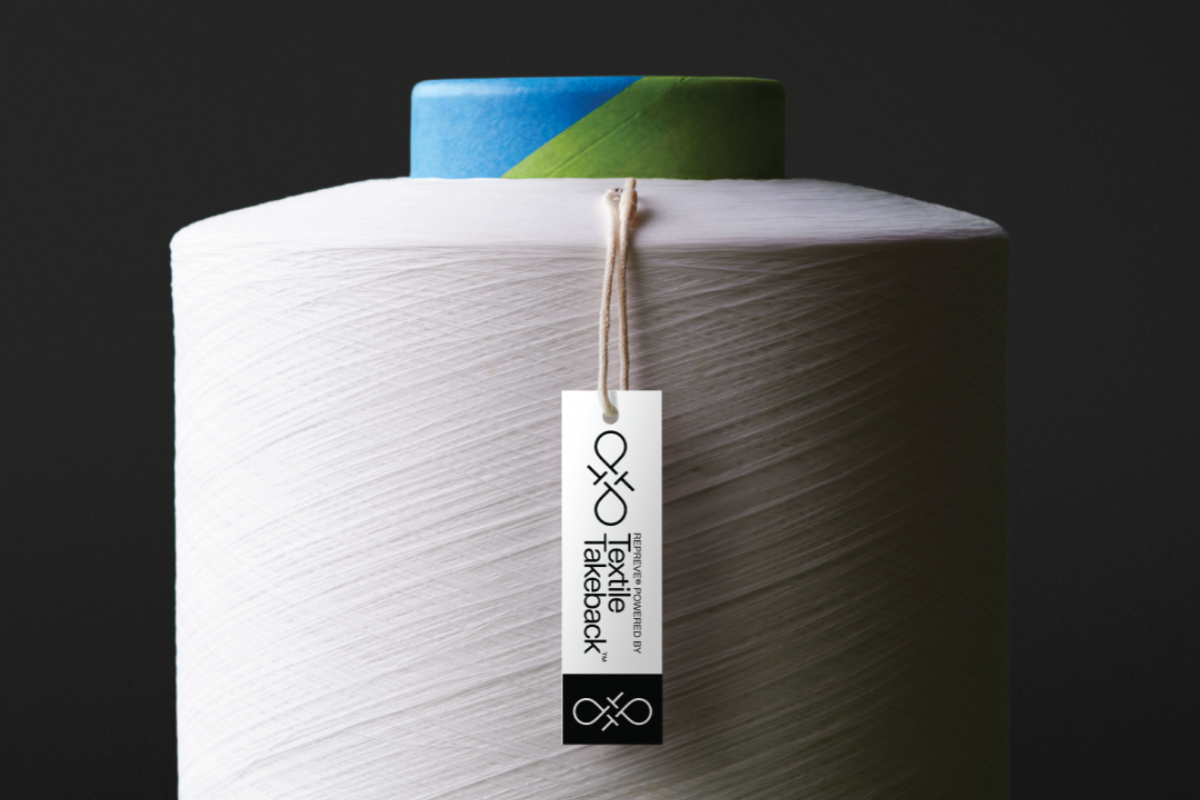A new report from RaboResearch explores the factors behind brand owners’ retreat from 2025 packaging recycled content goals – and provides a look at the path ahead.
Numerous high-profile consumer brands, including PepsiCo, Coca-Cola and Mars, have pushed back their ambitious voluntary targets for using post-consumer resin, typically citing cost pressures and supply chain concerns.
Some companies, such as Unilever – which as of 2023 was using 21.8% PCR in its packaging, toward its 2025 goal of 25% – have stayed the course on recycled content, even as Unilever acknowledged it has fallen short of some other metrics. But many others claim incorporating PCR is “too challenging,” Jim Owen, senior packaging and logistics analyst at RaboResearch and author of the report, told Plastics Recycling Update in an interview. “Well, ‘challenging’ means expensive. And that’s not part of the goals. It doesn’t say in the goals, ‘we’re going to do the right thing if it’s cost effective for us.'”
In addition, in the years leading up to 2025, these targets were “widely recognized as aspirational, often unrealistic, and detached from operational realities,” Owen wrote in the report, alluding to supply chain constraints and packaging-specific performance limitations. He forecasts more selective investment in sustainability, as brands prioritize cost control and margin improvements.
“The sustainability narrative is no longer about lofty ideals – it is about confronting limitations and recalibrating strategies to reflect the reality of the marketplace,” he wrote. The industry is at a “fundamental turning point” for both corporate sustainability commitments and the expectations that shape them, with a shifting focus toward practical implementation of the emerging state-level extended producer responsibility policies for packaging, Owen added.
Those market realities are affecting policy as well, he wrote, pointing to CalRecycle’s recent revision of SB 54 regulations in response to the governor’s concerns over the financial burden on small businesses and consumers from EPR.
And as consumer brands shift their PCR timelines, that coincides with more states coming online with EPR legislation, Owen said in the interview. As a result, CPGs may be thinking they don’t need ambitious goals when “legislation is kind of forcing our hand,” he said.
Moving forward, Owen said brand owners must reframe the value proposition of sustainability, particularly around plastic, and to champion “fit for purpose” design by emphasizing that the materials used are the best ones for the job. But he cautioned against over-engineering materials. “It’s often that you have to mix paper and plastic together to get things that you want, which then renders recyclability as a challenge,” a point frequently overlooked by packaging designers and brand owners alike.
However, “a more practical innovation cycle is coming,” Owen said, adding that “I think the EPR fees and the funds that are coming through that help people move the needle in the right direction,” rather than company goals that end up being sidelined in favor of profits.
He also expressed skepticism about the nearly identical recycled-content pledges brand owners made years ago. “When 50 companies all came out with the exact same goals, it’s like, well, don’t you have different profiles, different needs? Shouldn’t they be a little more nuanced than that? And that’s where I think transparency and traceability will be bigger in the future.”
In addition, in the near future circularity may be defined by outcomes rather than inputs, and the industry will see expanded partnerships in chemical recycling to produce food-grade PCR at scale and more co-investment opportunities between packaging producers and brands, he wrote.
And although Owen’s report is titled “The Great Pullback,” he emphasized in it that brand owners’ delay of sustainability targets “does not signal retreat as the title of this report might suggest, but rather a recalibration. What comes next will be more grounded, more regulated, more accountable, and more aligned with what’s technologically and economically feasible, while staying focused on measurable performance.
“Plastic packaging producers who understand this shift, not just in policy, but in brand behavior and investment logic, can help lead the next chapter. Not by selling ‘green’ but by solving for what’s real, what’s required, and what’s ready.”



